What is off-road riding
Off-road and adventure riding is the new trend that has taken over the Indian two-wheeler audience, many of us are aching to hit those trails and muddy patches after the Coronavirus caused nationwide lockdown is lifted. Rohit has been very helpful to get us trail-ready during this lockdown period.
He was in a live conversation with Ajit Bharadwaj and Shahnawaz Karim on Instagram about the 101s of off-road riding. They both are off-road riding instructors at BMW Motorrad. Keep a keen eye on the social handles of OVERDRIVE for more of these chats. Here is a summary of what experts had to say about off-road riding.
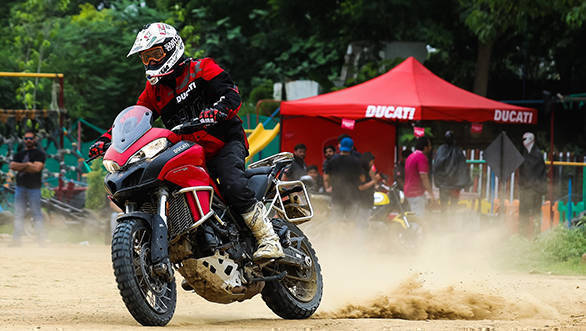
What is off-road? And how to start off-roading?
Well, off-road translates to any surface that is not paved or does not have tarmac. This could be sand, gravel, stones, rocks, river beds, trails, mud patches or ground with a rough surface. Off-road riding starts with courage, not to take the bike on challenging surfaces but to let go of it and fall. More than half of the job is done after you take over the fear of falling.
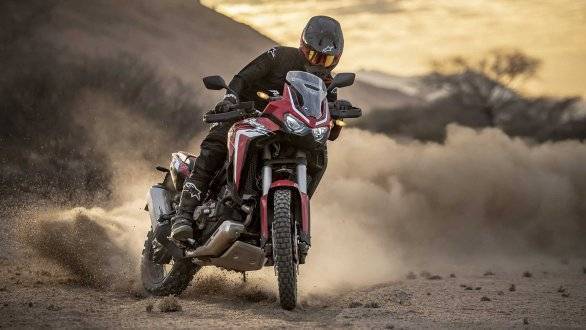
Basic skills needed?
A few drills that can be done at present could be balance drills. Remove the stand and sit on the bike, place your legs on the footpegs and try to balance the bike. The same drill can be done while standing and also without holding the handlebars. This will help you calibrate how the bike throws its weight around.
It will also develop your muscle memory to control the bike. Of course, you are going to have to step your foot down, but the idea is to maximize the time intervals and right now all of us do have a lot of time. So be off-road ready by the time this lockdown over.
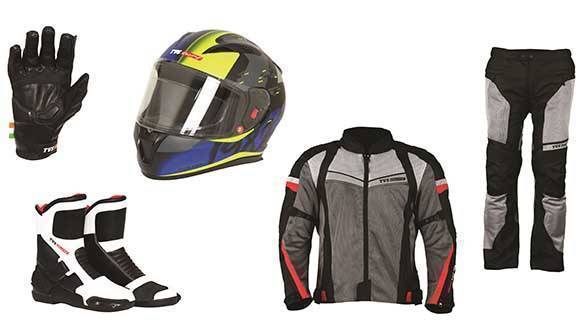
Basic riding gear?
This depends on how seriously you want to pursue off-road riding. Initially, a double D-ring helmet, gloves, guards for elbow, knee brace, neck brace and an ankle-length boot will be enough before you move on from the intermediate level. Gradually, you can increase the quality and quantity of safety apparels as you get more involved and evolve your skillset.
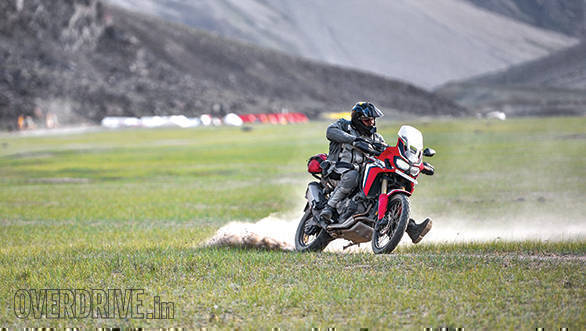
How is off-road riding different from riding on the tarmac?
It all comes down to traction. We can talk about how the ergonomics are different, the rider triangle is different, adventure and off-road bikes have a different suspension and handlebar setup and that is all true. But, there are similarities too, you still have to look where you want to go, the body position might be different and that is because of reduced traction.
Because of more traction on the tarmac, you can pull further into the corner without the fear of slipping. On the other hand, when you are riding off-road, traction is minimal because of the loose surface, thus you have to put more weight on the top to maintain the necessary grip. There is a lot more to the riding style and how you handle the bike, but for that, you better get yourself trained by a professional instructor and hone your skill.
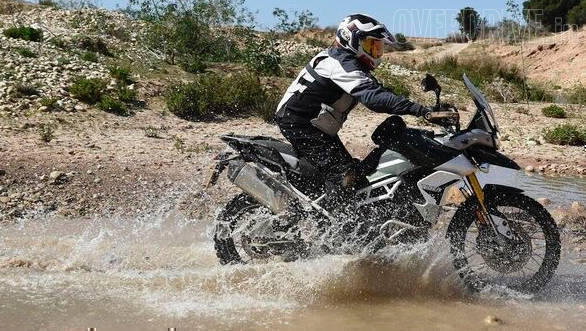
How to train yourself? What does a training program cover?
You can get yourself enrolled at a training school or there are personal instructors you can get in touch with, like Ajit and Shahnawazz who will come and train you and your friends. The basic program includes working on the line of vision, body position, throttle control and clutch control.
There are different exercises for each parameter, walking with the bike is an exercise that works on your clutch control and warm-up exercises help your balance calibration. Advanced level training includes slaloms, circular riding, declined and inclined riding, sliding, drifting and figure-eight manoeuvring.
The price of these courses vary from place to place, a level 1 half-day course could cost around Rs 6000 and it can stretch up to Rs 25000 depending on the kind of level you chose. The School of Dirt, Tribal Sanjay, Big Rock Dirtpark and Slideways Motoranch are among the many riding schools that can help you better your off-road riding skills.
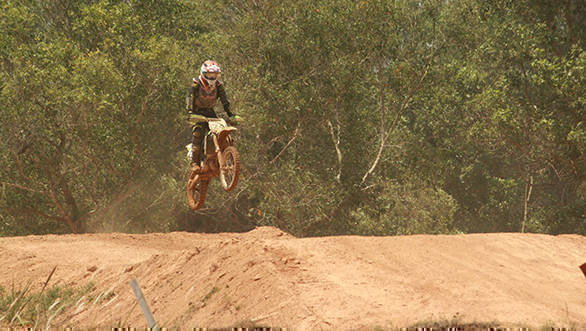
Does the bike matter?
Ajit Bharadwaj says that the output number or power of the bike and its impact on your riding is a mental illusion. What matters more than that is, if you have the skill. Many adventure bikes are built suited for an average European or American body, but if you look at the Dakar riders who have unreal control on big bikes are not necessarily tall people.
Initially, start with the bike that you have and get the basics tuned out. After that, you can think of investing in the best bike suited to your riding style. Of course, it would help if you make slight modifications like, change the tyre to an intermediate off-road set of tyres, raise the handlebar a bit and adjust the footpeg accordingly, adjust the tyre pressure to create maximum contact patch.
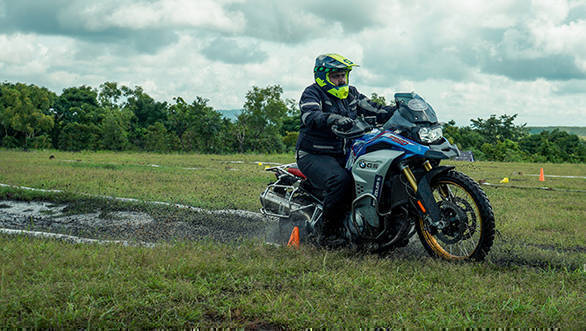
Am I fit enough for off-road riding?
Off-road bikes can be intimidating and the fall from those can be even more. But, if you know your bike properly, it will be a cakewalk to pick yourself and the bike up and walk it off. Firstly, you would be wearing safety gear and secondly, it is a safe environment. Dropping a bike is not embarrassing, but it is a part and process of learning. We all fail several times before acing a skill and falls or crashes are not supposed to be seen any differently.
But, fatigue is a parameter that cannot be avoided and off-road riding requires a little more strength to manoeuvre those big bikes through the muddy patch. 20-30 minutes of HIIT workout, yoga and meditation every day should give you an advantage and it will also keep you fit and healthy.
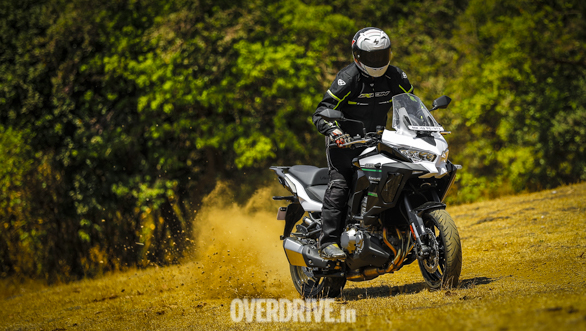
Most importantly make use of the lockdown period and workout on your balancing techniques, remain indoors and stay safe. You can put your honed skill to test once the lockdown is lifted. Till then take care of yourself and family by staying inside.
Related Stories
Top Stories
Latest Videos
Most Popular
- Upcoming Mahindra XUV 3XO: All you need to know
- Budget Sportbike Showdown: Kawasaki Ninja 500 vs Aprilia RS 457 vs Yamaha YZF-R3
- New Suzuki Swift spotted testing
- Nissan Magnite EZ-Shift review - is the AMT any good?
- 2024 Hyundai Creta vs Toyota Urban Cruiser Hyryder vs Skoda Kushaq comparison review - the hype is real?














